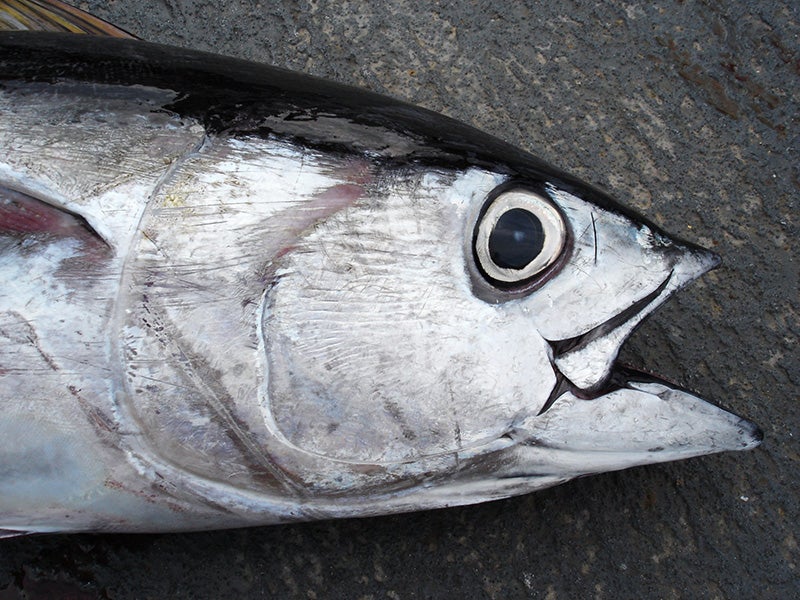Saving the Bigeye Tuna
Hawaiʻi’s deep-set longliners create a curtain of death across huge swaths of the ocean, indiscriminately catching large amounts of other marine life along with the targeted bigeye tuna. On top of fishing stress, climate change threatens to warm ocean waters in a way that could kill off Pacific bigeye by century’s end.
Clients
Regional Office / Program
Case Overview
Conservation groups sued the National Marine Fisheries Service over a new rule allowing the Hawaiʻi-based longline fleet to fish beyond limits set by international agreements meant to protect bigeye tuna and other imperiled marine species.
The rule approved in October 2014 nearly doubles the agreed-upon, 3,763-metric-ton quota on bigeye fishing for all U.S.-flagged fishermen by creating separate quotas for “U.S. Pacific Territories” and then allowing 3,000 metric tons from those made-up quotas to be transferred to Hawaiʻi-based fishermen who neither fish in territorial waters nor land their catch in the territories. The Fisheries Service claims the rules are simply “technical administrative changes,” but conservation groups argue the rules violate U.S. commitments under the Western and Central Pacific Fisheries Convention, which are vital to prevent overfishing.
Bigeye tuna is a highly valued sushi fish, especially in Japan. The latest stock assessment (2014) found that the fish is subject to overfishing throughout the Pacific. Currently at its lowest historical levels, bigeye tuna has been experiencing overfishing since the 1990s.
Longline fishers use thousands of dangling hooks on lines stretching up to 60 nautical miles long and 1,150 feet deep. Hawaiʻi’s deep-set longliners create a curtain of death across huge swaths of the ocean, indiscriminately catching large amounts of other marine life along with the targeted bigeye tuna, including humpback and sperm whales, false killer whales, dolphins, sea turtles, sharks and seabirds.
Bigeye tuna, warm-blooded predators similar to endangered bluefin tuna, swim in deep waters around Hawai‘i and across the Pacific Ocean. From 1996 to 2008, the number of longline hooks set in Hawaiʻi fishing grounds increased fourfold. On top of fishing stress, climate change threatens to warm ocean waters in a way that could kill off Pacific bigeye by century’s end.

Case Updates
Case page created on November 20, 2014.
